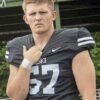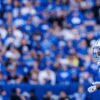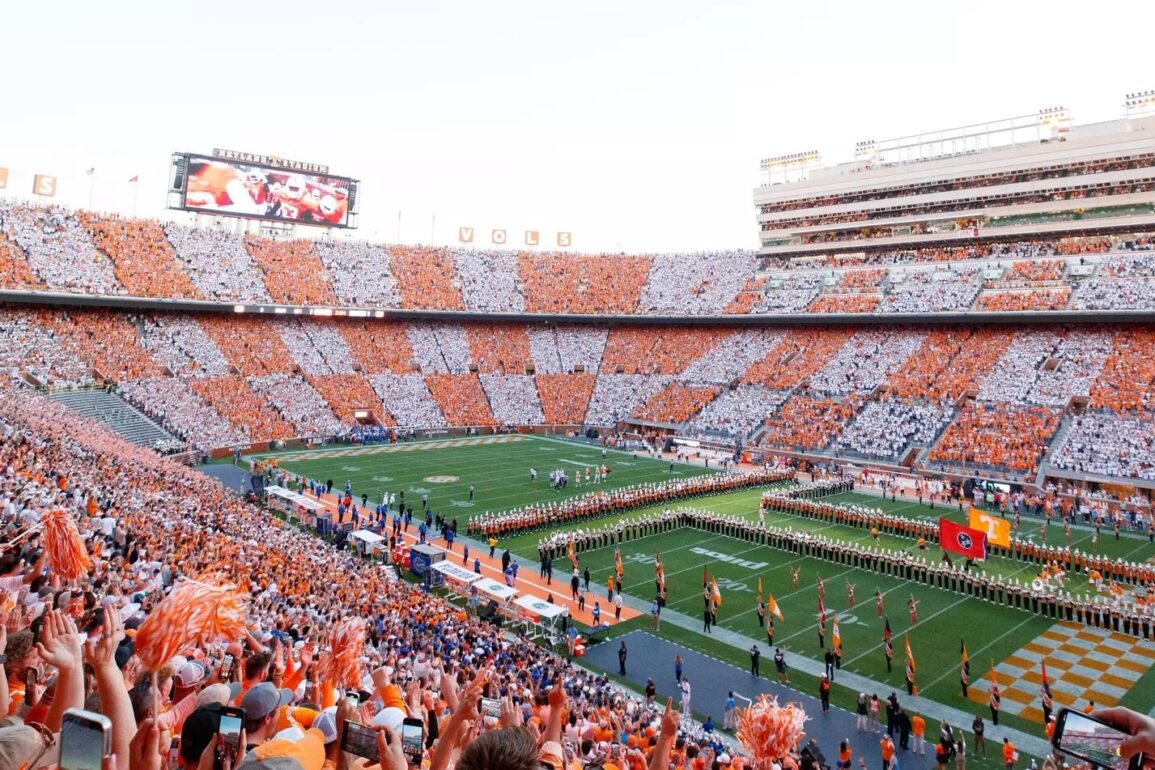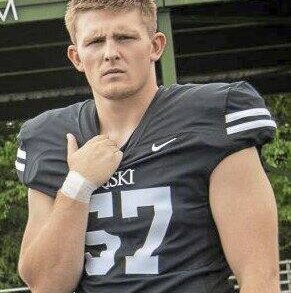
The House Settlement has been reached and a new age of college athletics is being ushered in with revenue sharing and the first attempt at gate keeping NIL through the newly formed College Sports Commission.
The hope has long big that this will end some of the chaos that has been college athletics the last few years. The reality is that no one is sure.
“I think that the settlement could work and I hope that is does,” Tennessee AD Danny White said last month.
But White has also made it clear what believes is the best fix for college sports and that’s collective bargaining.
“There’s been a lot of speculation around collective bargaining. Every sports organization in our country has collective bargaining for a reason. It’s very complicated. These are students. We don’t have just one sport. We have twenty and only two of which are profitable. It’s a really complicated situation that we have been deep in for 3-4 years. I think everyone is search for answers.
“There’s a lot to transpire to see how that plays out. But as you and I have discussed, I think collective bargaining is maybe where we land down the road. But in a competitive space like this, everyone’s trying to win.”
A few weeks after White said that at the Big Orange Caravan in Nashville, he and Chancellor Donde Plowman doubled down hard that collective bargaining is the only fix for college athletics. At this point, collective bargaining is not even on the table as a real option.
While White and others have expressed skepticism about the settlement being a “fix”, SEC Commisioner Greg Sankey is a bit more optimistic.
“The approval of the House settlement agreement represents a significant milestone for the meaningful support of our student-athletes and a pivotal step toward establishing long-term sustainability for college sports, two of the Southeastern Conference’s priorities,” Sankey said in a statement following the the settlement. “As the journey to modernize collegiate sports continues, we remain focused on identifying and implementing innovative opportunities for our student-athletes across all sports while maintaining the core values that make collegiate athletics uniquely meaningful.”
How big of a milestone will center around whether or not NIL can legitimately be managed now through the NIL controlling arm managed by the College Sports Commission where all NIL deals have to be approved. A concept that some student athletes don’t agree with. Some athletes feel that it’s no one’s business how much money they make through their name, image and likeness and that’s part of the reason many believe there will be a variety of lawsuits that will come out of the settlement.
With many NIL deals front loaded ahead of the settlement the impact of the NIL controlling arm won’t be immediately felt. When transfer portal activity heads up in January everyone will get a better gauge.
Only time will tell the impact of this historic case that started off being about former players receiving some compensation and turned into a potential major shift in attempting to control the current chaos that is college sports.
Does the results of this settlement and the hiring of Major League Baseball executive Bryan Steeley create the “guardrails” everyone has been asking for.
We will see just what kind of teeth this ruling has on the future of collegiate sports, clearly some have doubts.
This post was originally published on this site be sure to check out more of their content.







